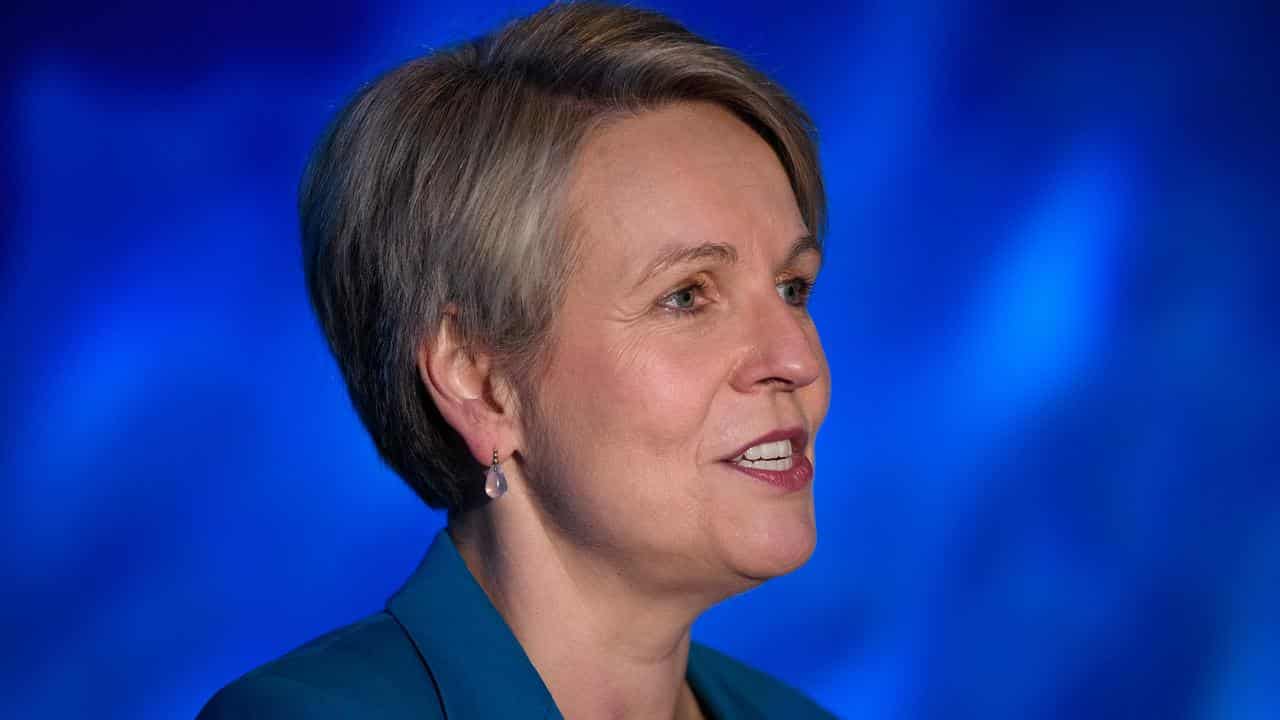
Australia's fashion industry must back a voluntary levy to clean up its act or the government will impose a mandatory one, the environment minister says.
Tanya Plibersek has launched a new industry-led voluntary scheme to slash the mountain of clothing that winds up in landfill each year - about 10kg per person, on average.
Multiply that by 25 million and it adds up to almost 230,000 tonnes of waste that winds up in the ground, steadily releasing harmful chemicals and microplastics as it breaks down.
Under the scheme, due to begin in July next year, clothing importers and those who make garments in Australia will be asked to pay a levy of four cents per item levy.
The money will be spent on solutions to reduce the landfill burden through re-use, repair, re-manufacturing and recycling.
The minister has told the industry it's time to step up, and if it doesn't she'll step in.
"If the voluntary scheme is not viable - if we don’t believe it’s sufficient, or if it’s not raising enough money to cover its costs - then I will regulate," Ms Plibersek said at the launch of the scheme in Sydney.
"I will impose the system and I will set the levy."
Most modern clothes are made partly or entirely of petroleum-based plastic, and that makes it a nightmare on many different levels.
There's the sheer scale of the waste stream.
There's the heavy reliance on fossil fuels to make the plastic used in garments, and that's driving the climate crisis.
And there's the pollution that results when clothes break down - chemical residues and microplastics that end up in the food chain and in human bodies.
Scientific studies have found microplastics in human blood, organs, breast milk and placentas.
Meanwhile, toxic "forever" chemicals called PFAS are widely used in clothing. Studies have linked exposure at certain levels to developmental delays in children, accelerated puberty, and an increased risk of some cancers.
Australian Fashion Council CEO Leila Naja Hibri says it's time for the fashion industry to reinvent itself, including how it makes money.
She says there are four spending priorities for the Seamless scheme, which will administer the levy.
The first is about encouraging circular design so more clothes are made from greener materials, and can be readily repaired and recycled. Another two are focused on improving clothing collection and sorting systems, and encouraging consumers to stop thinking of fashion as fast and disposable.
But perhaps the biggest one is about creating new ways for the industry to make money "not only by selling brand new items".
She points to Australian designer clothing hire service GlamCorner which promises the ultimate rotating closet.
"It's starting to happen but at the moment its very hard for brands to make these programs commercially viable in the long term. That's what the organisation will work on as well."
She says there is no doubt the industry will need the government's help to evolve, especially in the realm of recycling - a notoriously difficult process for textiles made from lots of different materials.
"In Australia we don't have at-volume recycling facilities. And that's one of the problems.
"This is an opportunity from a commercial perspective for us to grow this industry and (make) economic contributions in a way other than selling brand new stuff that takes resources from the planet."




